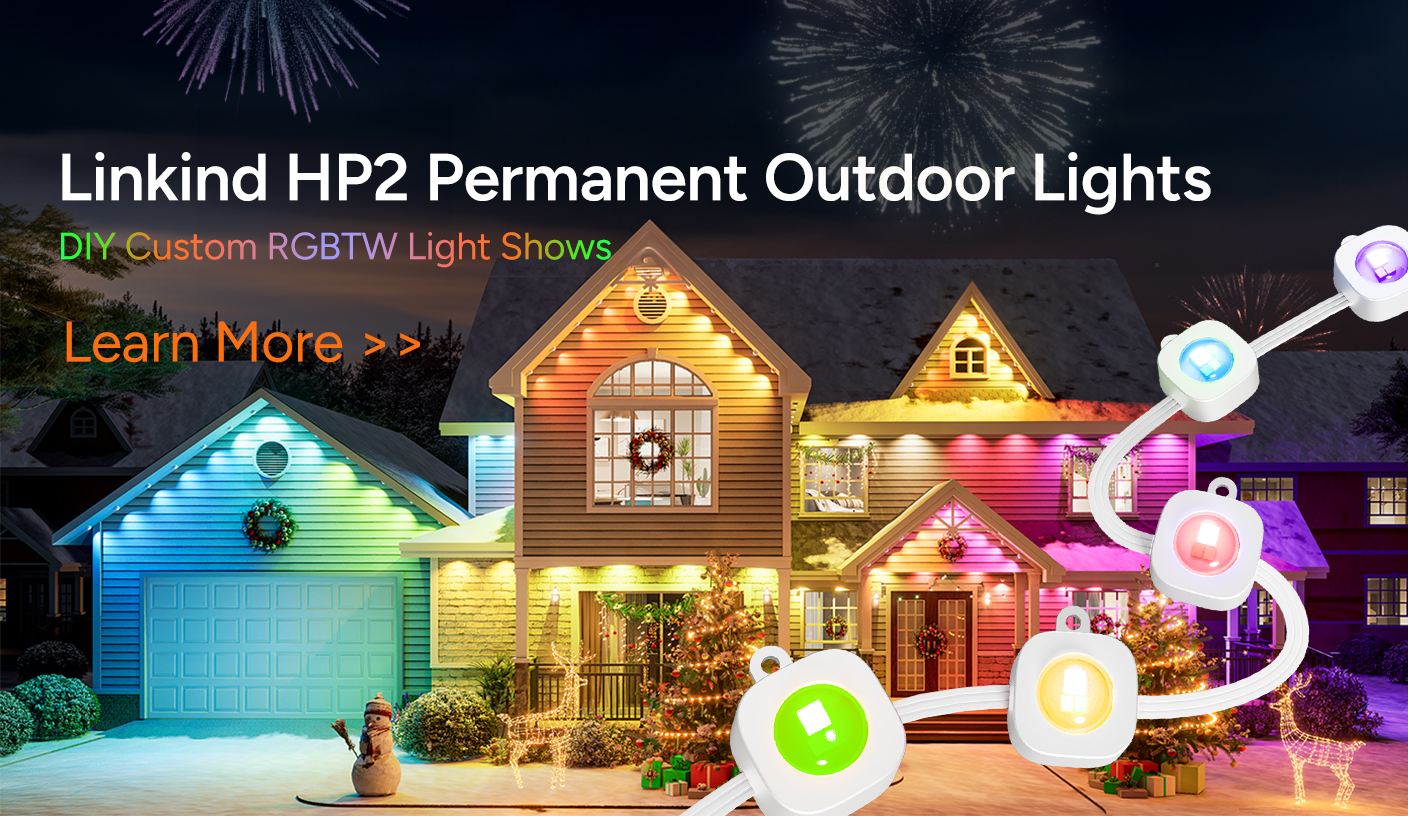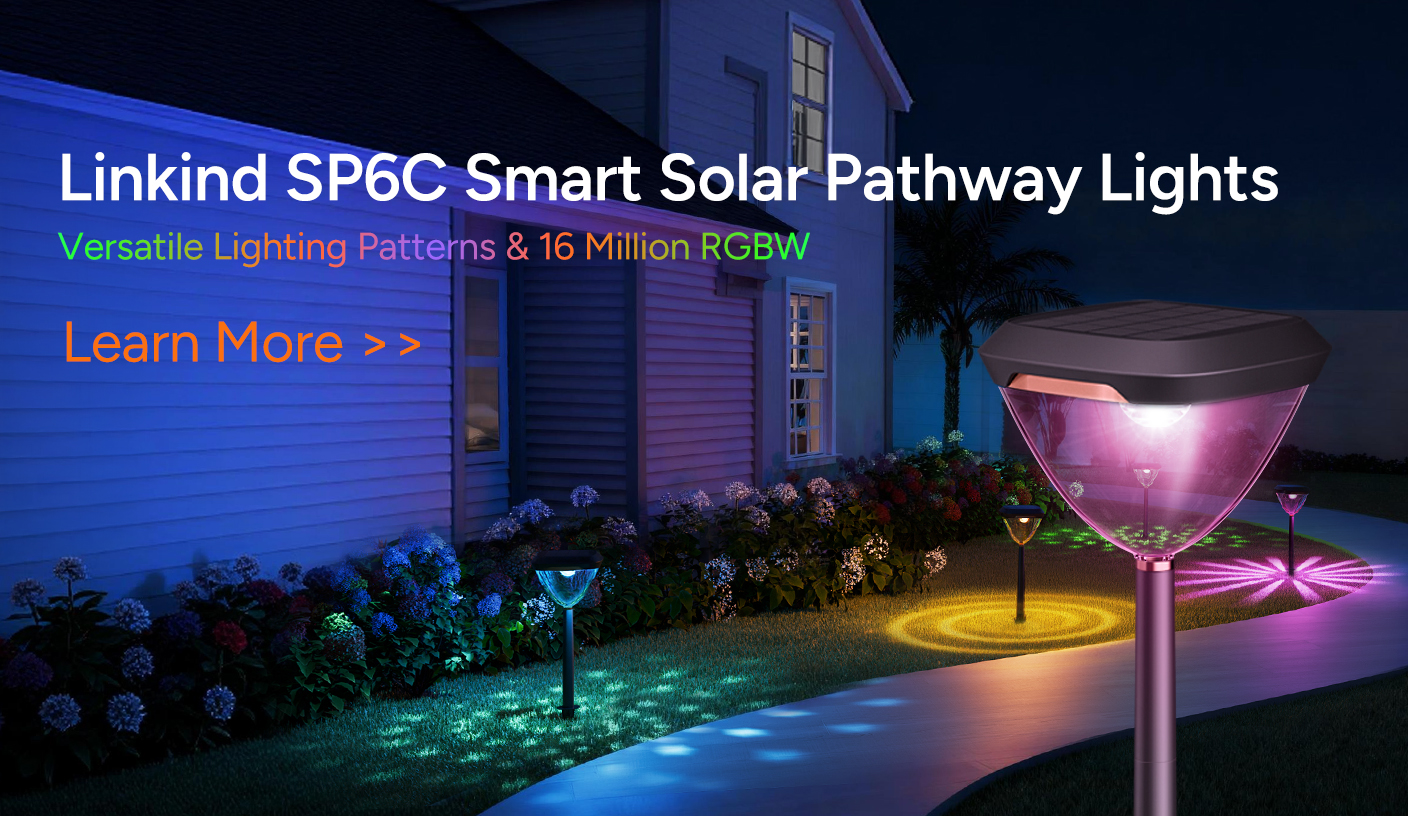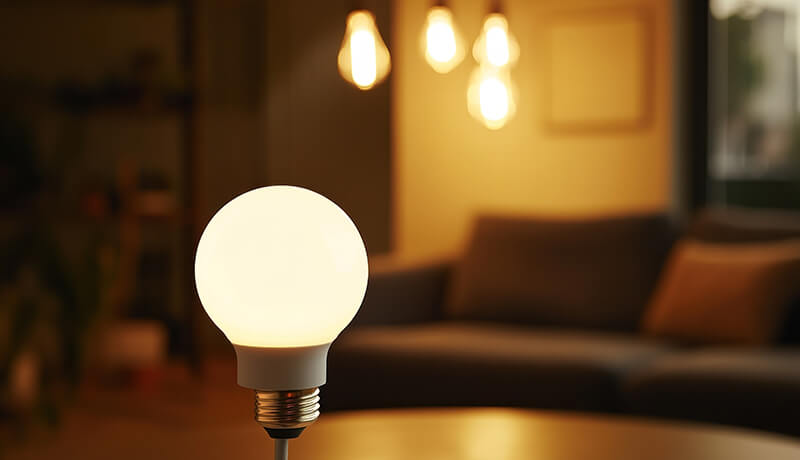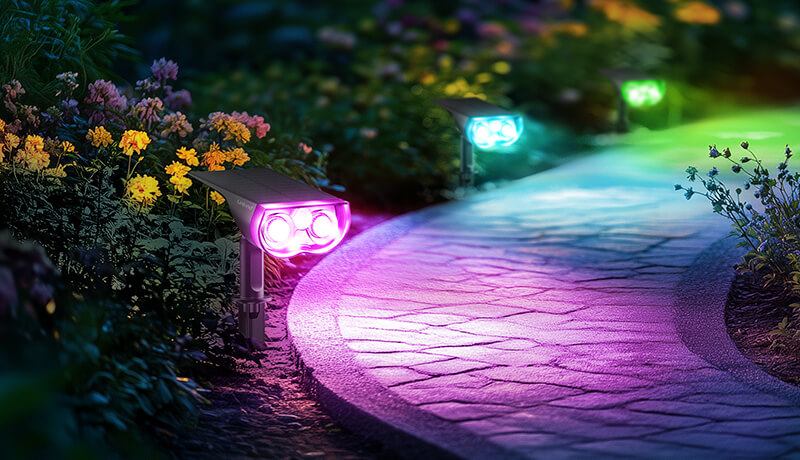Lighting isn’t just about visibility—it’s about how you feel. In recent years, as lighting technology has advanced, many homeowners have started paying more attention to color temperature, specifically whether to choose warm light or cool light in their spaces. The choice doesn’t just influence aesthetics; it can also affect your mood, energy levels, and even sleep patterns.
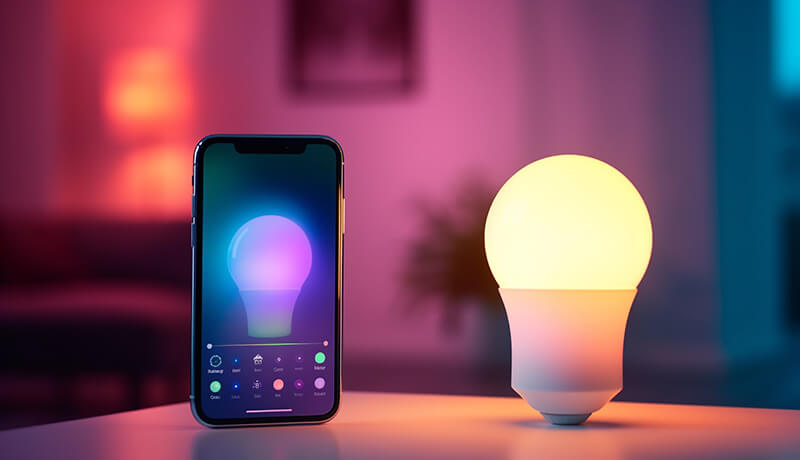

Warm light typically ranges from 2700K to 3000K and emits a soft yellow or amber hue. It's often associated with relaxation and comfort. Cool light, on the other hand, ranges from 5000K to 6500K, mimicking daylight with a bluish-white tone that increases alertness. That’s why warm light is often seen in bedrooms, while cool light dominates in offices and kitchens.
A 2019 study from the Lighting Research Center at Rensselaer Polytechnic Institute showed that exposure to cool light during the day improved cognitive performance and alertness, while warm light in the evening supported better sleep. This aligns with the human circadian rhythm, which naturally responds to cooler daylight and warmer sunset hues.
But scientific insights only help when applied practically. Let’s break it down room by room. In the living room, where family bonding and relaxation take place, warm light around 2700K–3000K helps create a cozy, intimate environment. It mimics firelight or candlelight, triggering feelings of warmth and calmness.
In kitchens or bathrooms, clarity matters. That’s where cool white light—4000K to 5000K—works better. It provides a clean, clinical brightness that makes it easier to prepare food or apply makeup. According to a study published in Building and Environment, task performance in kitchens improved by 12% under cooler lighting compared to warm lighting.
For bedrooms, the goal is to wind down. Numerous sleep studies support the use of low color temperature lighting, ideally below 3000K. Harvard researchers found that participants exposed to warm light in the evening fell asleep 19 minutes faster than those exposed to cool light. Lighting here isn't about activity—it's about signaling the brain to relax.
One often overlooked room is the home office. With remote work on the rise, optimizing light for productivity is key. Studies show that 5000K–6500K cool light improves focus and reduces drowsiness. Philips Lighting found that cool lighting increased productivity by up to 23% in controlled environments.
That said, overexposure to cool lighting, especially in the evening, may have health downsides. The blue light it contains suppresses melatonin, delaying sleep onset and disrupting sleep cycles. The Journal of Clinical Endocrinology & Metabolism confirms that evening exposure to blue-enriched light reduces melatonin by over 50%.
This is why dynamic lighting systems—which automatically adjust color temperature based on the time of day—are gaining traction. A 2022 survey by LightingEurope shows that smart lighting with tunable white technology is expected to grow by 38% annually, as people seek lighting that aligns with natural rhythms.
So which is better—warm or cool? The answer is, both. The trick is knowing when and where to use each. Think of it like clothing: you wouldn't wear the same outfit for sleeping and running. Lighting should be flexible too. And with smart bulbs and scheduling features, it's easier than ever to adapt.
Even natural sunlight shifts throughout the day—from warm at sunrise to cool midday, then back to warm at sunset. Mimicking this cycle at home can improve both well-being and biological harmony. It’s less about choosing one fixed tone, more about creating a rhythm that matches human biology.
Cost is another factor. LED lights with adjustable color temperature are now affordable, often costing less than $20 per bulb. These offer better ROI because they serve multiple functions in different rooms. Compared to fixed color temperature bulbs, the flexibility justifies the investment.
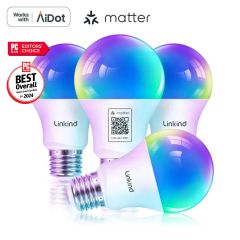
This Matter version smart bulb is a powerful solution that redefines your smart home experience.
- Compatible with All Matter Platforms
- 16 Million Colors & Dynamic Preset Scenes
- 1%-100% Dimmable & Tunable 1800K-6500K
- Convenient Voice & Group Control
- Set a Schedule Based on Your Routine
- Eye Care & Low Blue-Ray Hazard
In conclusion, the debate between warm and cool lighting isn’t about choosing sides. It’s about understanding how each influences your mood, health, and productivity, and then designing a system that matches your daily flow. Use cool light to energize, warm light to unwind, and blend the two for a balanced, human-centered lighting environment.











